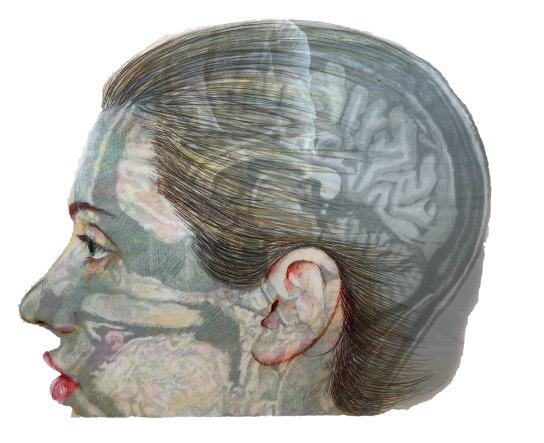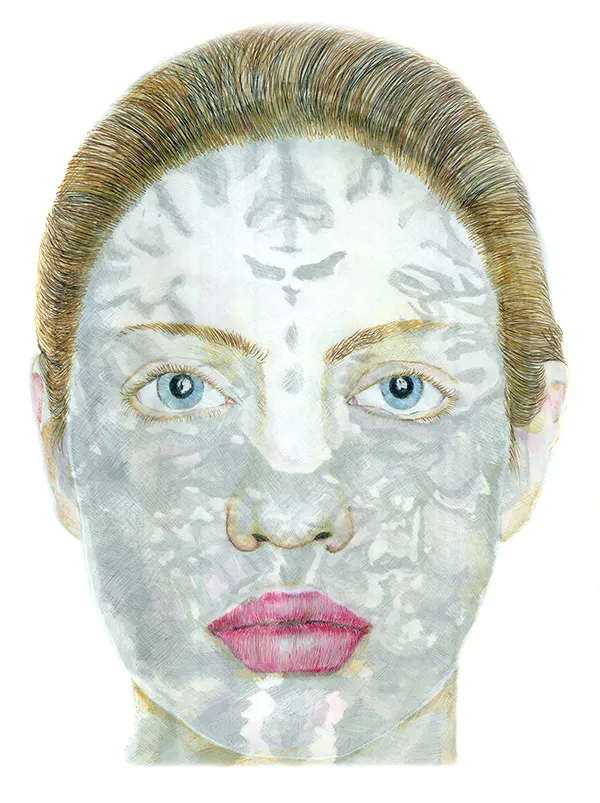
Bronx Concussion Outcomes Study
This study followed people evaluated in the emergency room for concussion, also known as mild traumatic brain injury (mTBI). While most people who experience concussion recover fully, as many as 30% do not and live with lasting problems. The Bronx Concussion Outcomes Study followed patients for a year after their injury to clarify why some people experience lasting problems, while others do not, as well as the evolution of structural and functional brain changes in people who experience concussion.
The Bronx ConcussionOutcomes Study has completed and significantly advanced our understanding and detection of concussion.
News and Media
Link Found Between Concussions and Brain Tissue Injury
Publications
Strauss SR, Kim N, Branch CA, Kahn M, Kim M, Lipton RB, Provataris J, Scholl H, Zimmerman ME, Lipton ML, Bidirectional Changes in Anisotropy are Associated with Outcomes in Mild Traumatic Brain Injury, American Journal of Neuroradiology, 2016 Jun 9 [Epub ahead of print] doi: 10.3174/ajnr.A4851.
Lipton ML, Gellella E, Lo C, Gold T, Ardekani BA, Shifteh K, Bello JA, Branch CA, Multifocal white matter ultrastructural abnormalities in mild traumatic brain injury with cognitive disability: a voxel-wise analysis of diffusion tensor imaging, Journal of Neurotrauma, 2008; 25(11): 1335-1342.
Gold ME, Shifteh K, Valdberg S, Lombard J, Lipton ML, Brain Injury due to Ventricular Shunt Placement Delineated by DTI Tractography, The Neurologist, 2008; 14(4): 252-4.
Lo C, Shifteh K, Gold T, E, Bello JA, Lipton ML, Diffusion Tensor Imaging Abnormalities in Patients with Mild Traumatic Brain Injury and Neurocognitive Impairment, Journal of Computer Assisted Tomography, 2009; 33(2): 293-7.
Lipton ML, Gulko E, Zimmerman ME, Friedman BW, Kim M, Gellella E, Gold T, Shifteh K, Ardekani BA, Branch CA, Not so mild head injury: difusion tensor imaging implicates prefrontal axonal injury in executive function impairment following very mild traumatic brain injury, Radiology, 2009; 252:3 816-824.
Rosenbaum SB, Lipton ML, Embracing chaos: the scope and importance of clinical and pathological heterogeneity in mTBI, Brain Imaging and Behavior, 2012 6(2):
Lipton ML, Kim N, Park YK, Hulkower MB, Gardin TM, Shifteh K, Kim M, Zimmerman, ME, Lipton RB, Branch, CA, Robust detection of traumatic axonal injury in individual mild traumatic brain injury patients: Intersubject variation, change over time and bidirectional changes in anisotropy. mTBI Special Issue. Brain Imaging and Behavior, 2012 6(2): 329-42.
Hulkower MB, Rosenbaum SB, Poliak DB, Zimmerman ME, Lipton ML, A Decade of DTI in TBI: 10 years and 100 papers later. American Journal of Neuroradiology 2013, 34(11):2064-2074.
Kim N, Branch CA, Kim M, Lipton ML, Whole brain approaches for identification of microstructural abnormalities in individual patients: comparison of techniques applied to mild traumatic brain injury, PLOS ONE2013 8(3):e59382.
Hornstein A, Stidham K, Lichtman S, Seliger G, Quail B, Bragnaccio J, Lipton ML, Muldoon A, Gardin T, 4-Aminopyridine for Post-Concussion Symptoms, Journal of Neuropsychiatry and Clinical Neuroscience, 25(2):5 2013.
Lipton ML, Bigler ED, Clarifying the Robust Foundation for and Appropriate Use of DTI in mTBI Patients, American Journal of Bioethics – Neuroscience 2014, in press.
